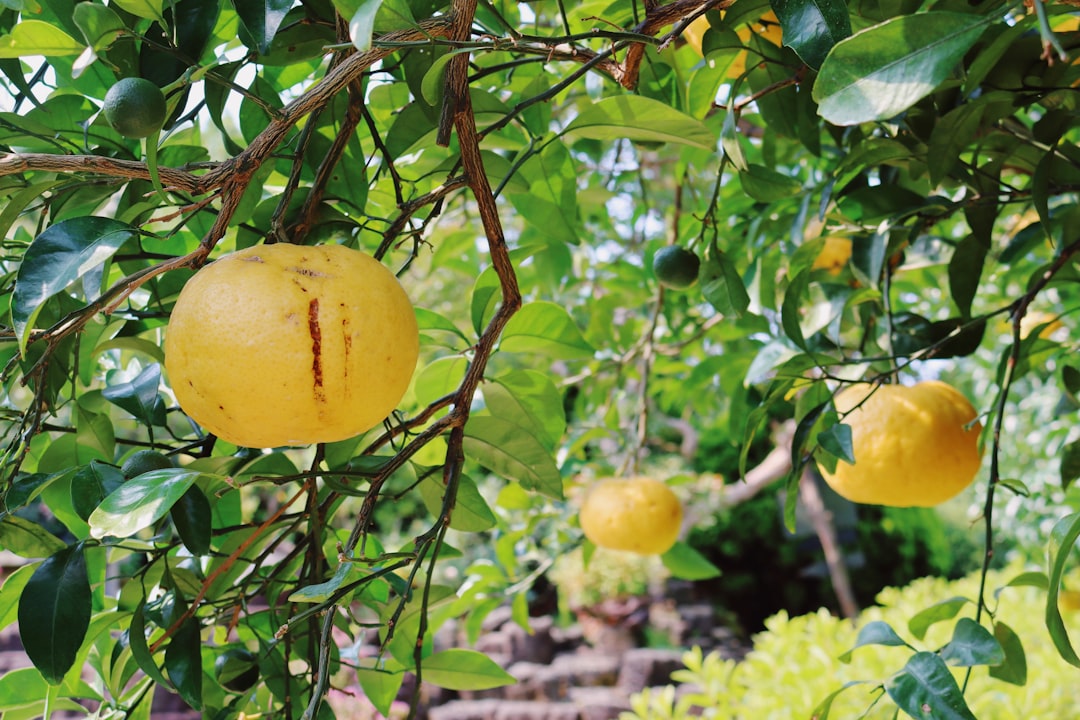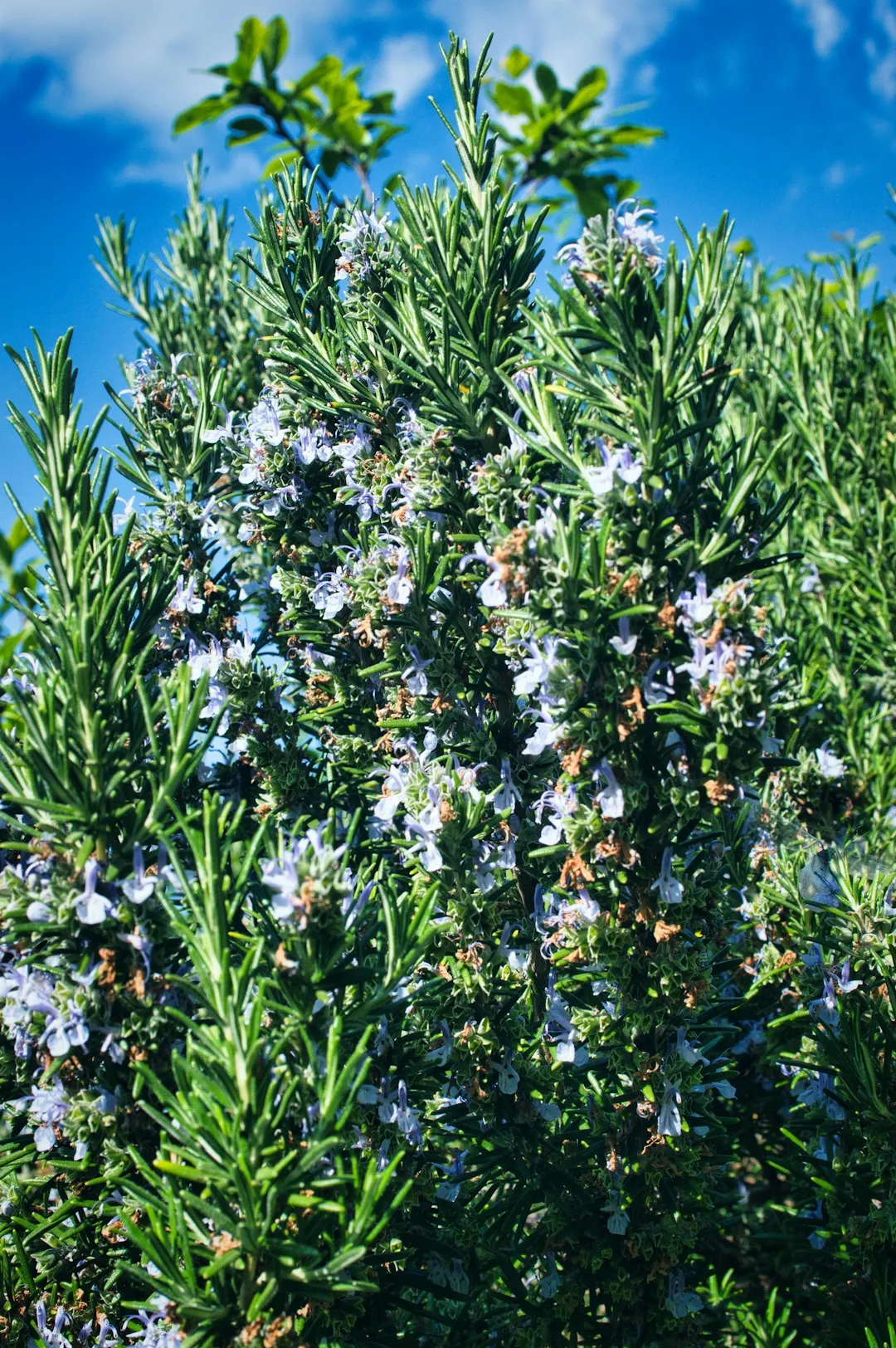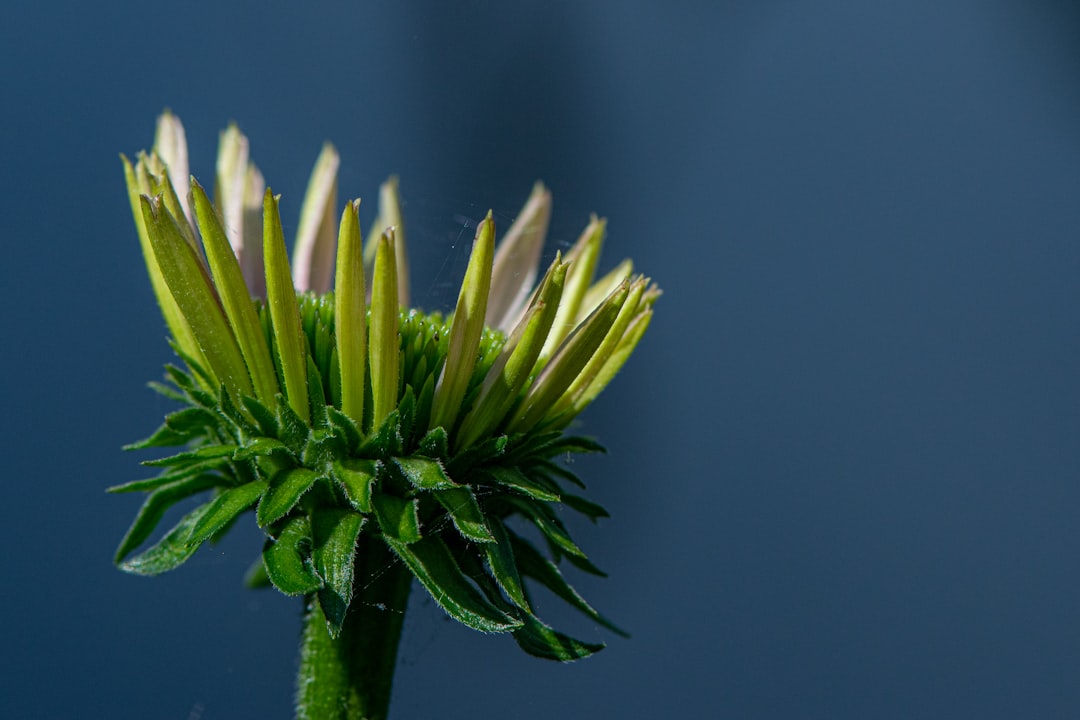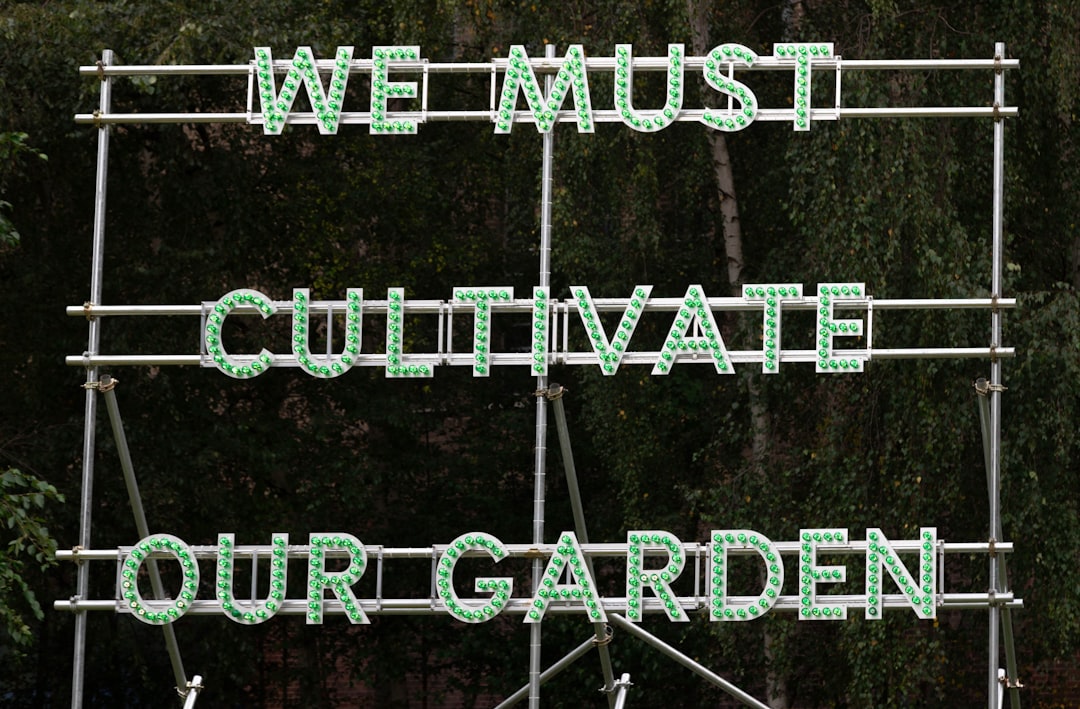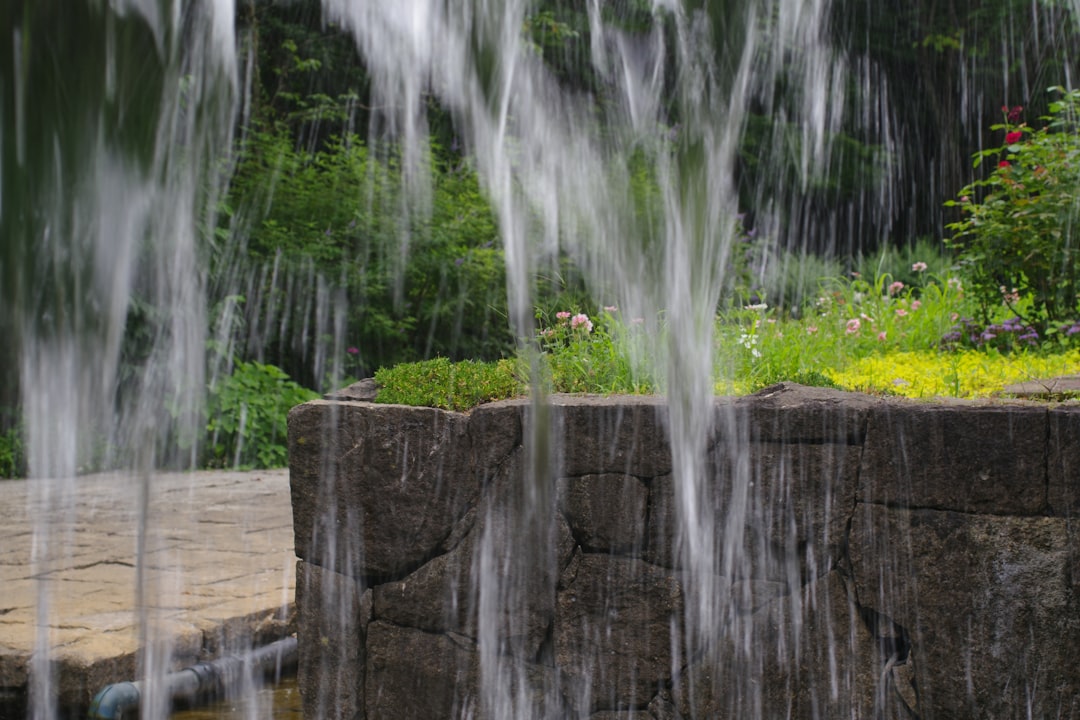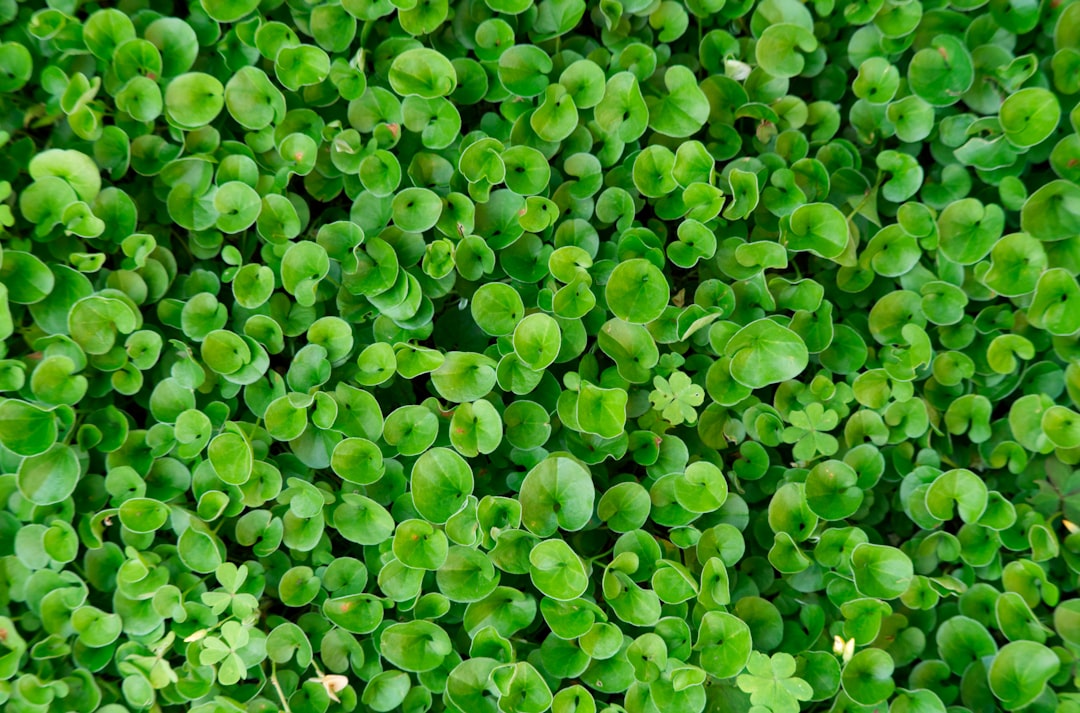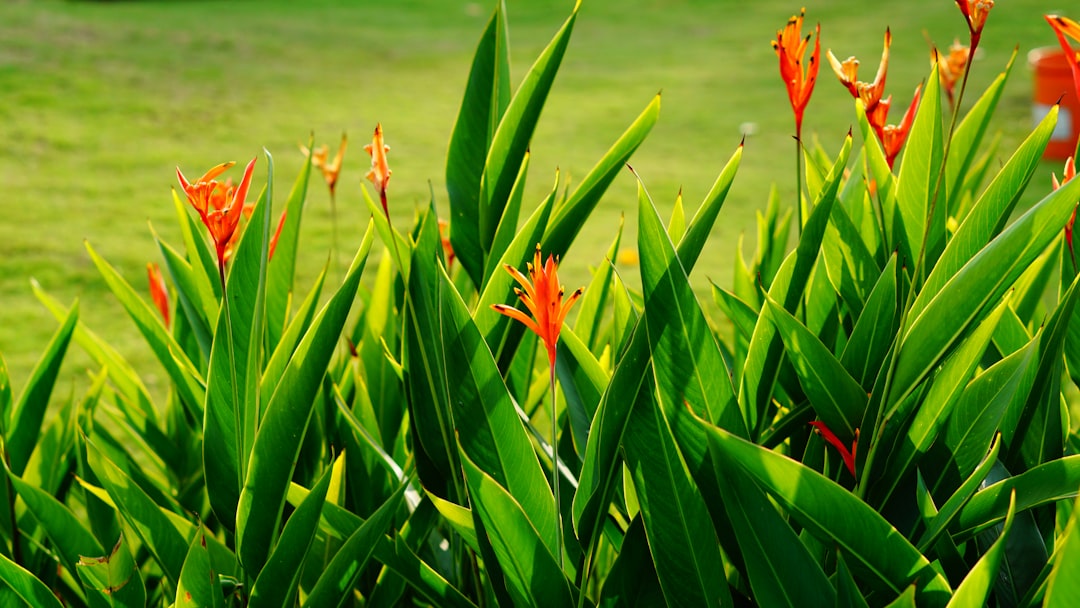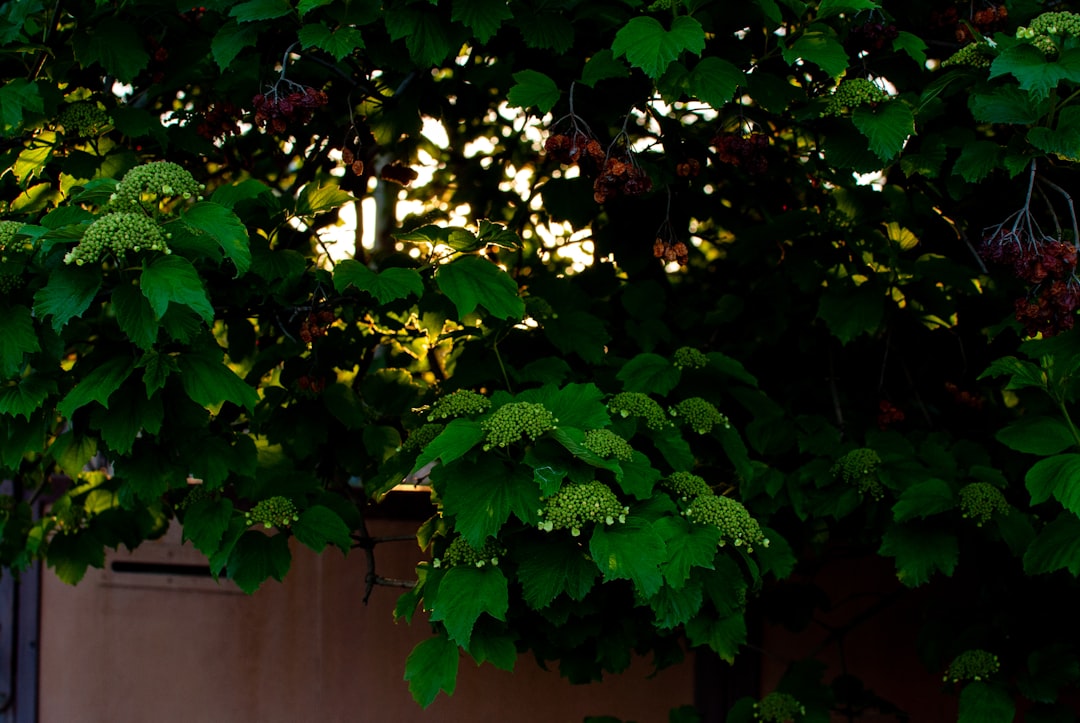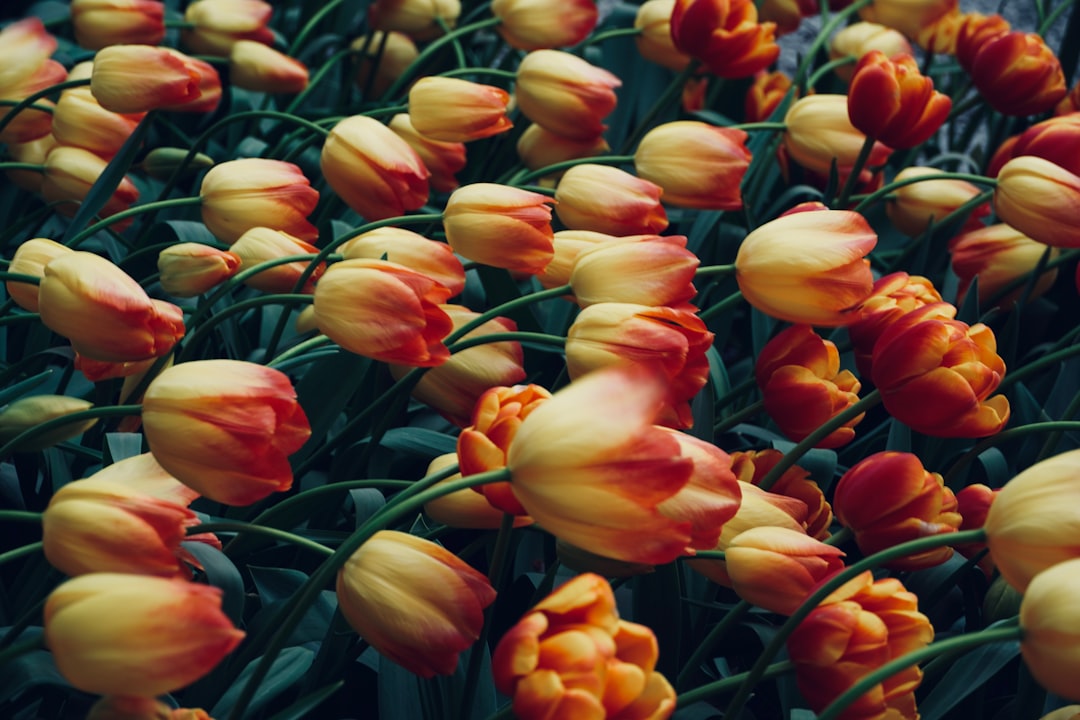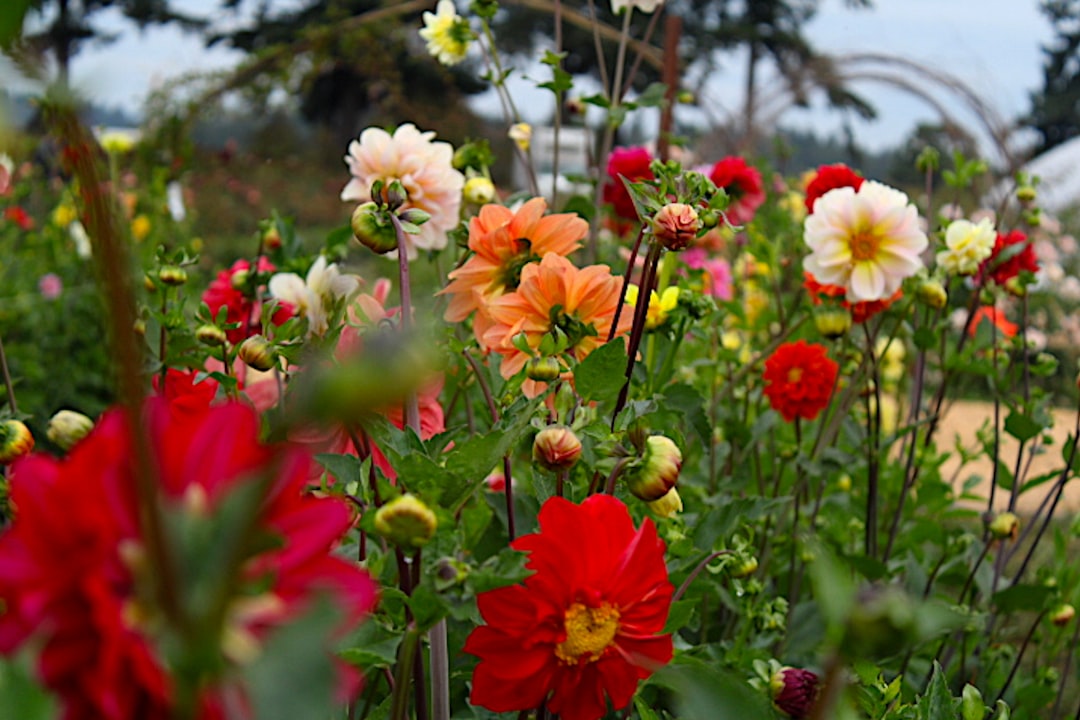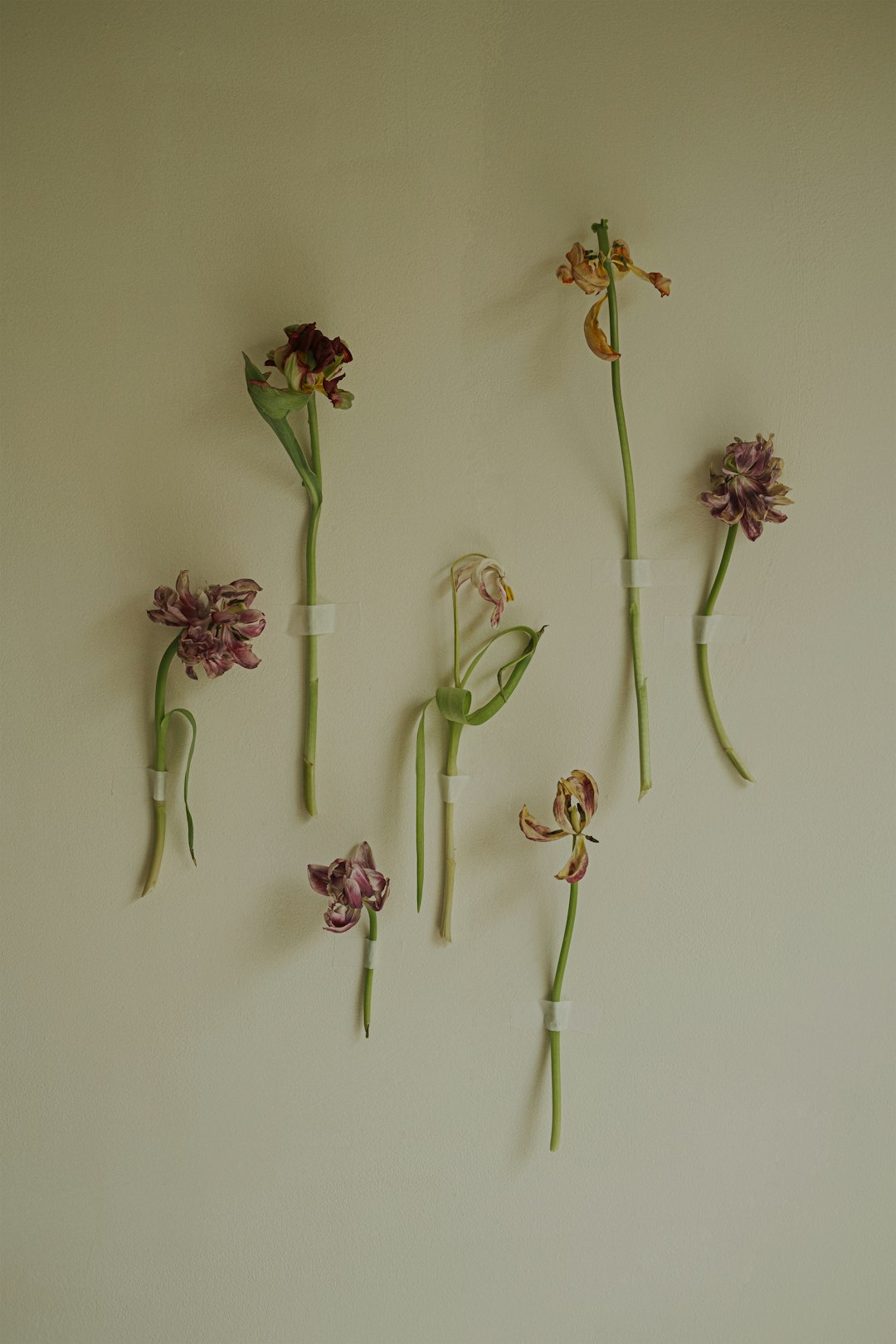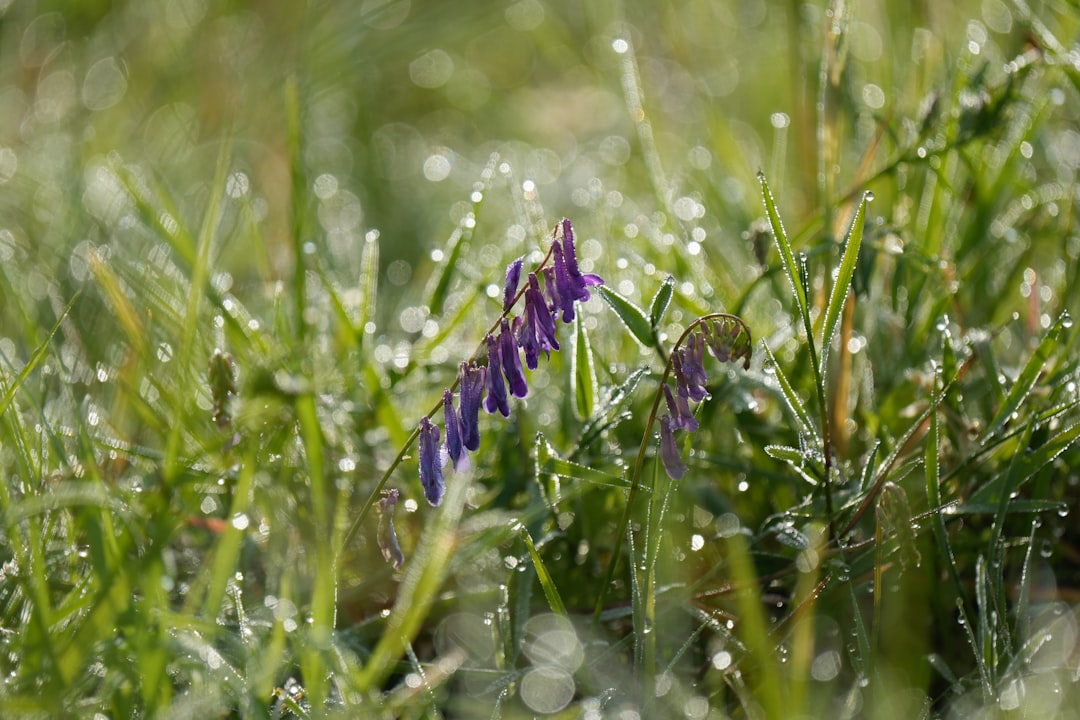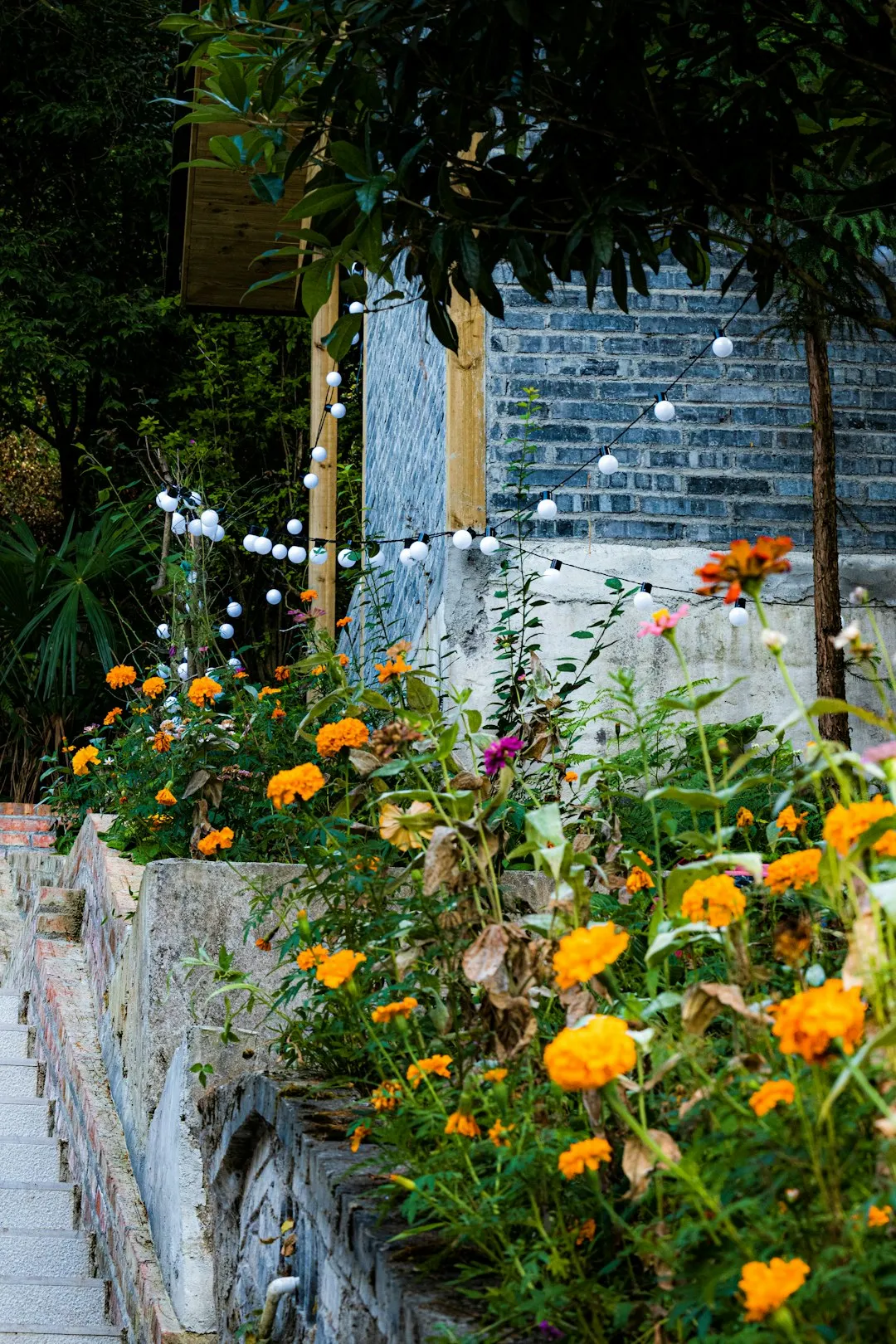Fothergilla, a native North American shrub, is a true delight for gardeners who have a penchant for shady spots in their gardens. This remarkable plant not only adds beauty but also brings a touch of the wild to any landscape. In this article, we will explore the ins and outs of planting and growing Fothergilla, ensuring that you can enjoy its splendor for years to come.
### Understanding Fothergilla
Fothergilla belongs to the Hamamelidaceae family and is known for its unique features. There are two main species: Fothergilla major and Fothergilla gardenii. Fothergilla major is larger, reaching up to 10 feet in height, while Fothergilla gardenii is more compact, typically growing to about 3 - 6 feet. Both species are deciduous shrubs, which means they shed their leaves in the fall, revealing a beautiful display of colors.
The most striking feature of Fothergilla is its flowers. In the spring, it produces bottlebrush - like white flowers that are not only visually appealing but also emit a sweet fragrance. These flowers attract pollinators such as bees and butterflies, making your garden a more vibrant and lively place. In the fall, the foliage of Fothergilla turns into a spectacular show of colors, ranging from bright yellows and oranges to deep reds.
### Choosing the Right Location
As mentioned earlier, Fothergilla thrives in shady gardens. It prefers partial to full shade, although it can tolerate some morning sun. When choosing a location for your Fothergilla, look for an area that is protected from strong winds. The soil should be well - drained, acidic, and rich in organic matter. You can improve the soil quality by adding compost or peat moss before planting.
Avoid planting Fothergilla in areas that are prone to waterlogging, as this can lead to root rot. If your soil is heavy clay, consider creating a raised bed to ensure proper drainage. Also, make sure there is enough space for the shrub to grow. Give it at least 3 - 5 feet of space around it to allow for proper air circulation and growth.
### Planting Fothergilla
The best time to plant Fothergilla is in the spring or fall. Start by digging a hole that is twice as wide and just as deep as the root ball of the shrub. Gently remove the shrub from its container and loosen the roots. Place the shrub in the hole, making sure that the top of the root ball is level with the surrounding soil. Backfill the hole with soil, firming it gently around the base of the shrub.
After planting, water the shrub thoroughly to settle the soil. Apply a layer of mulch around the base of the shrub, about 2 - 3 inches thick. Mulch helps to retain moisture, suppress weeds, and regulate soil temperature. Use organic mulch such as shredded bark or pine needles.
### Watering and Fertilizing
Fothergilla needs regular watering, especially during the first year after planting. Keep the soil consistently moist but not waterlogged. Water deeply once or twice a week, depending on the weather conditions. During hot, dry periods, you may need to water more frequently.
When it comes to fertilizing, Fothergilla benefits from a slow - release, acidic fertilizer. Apply the fertilizer in the spring, following the manufacturer's instructions. Avoid over - fertilizing, as this can lead to excessive growth and weak branches.
### Pruning Fothergilla
Pruning is not always necessary for Fothergilla, but it can help to maintain its shape and promote healthy growth. The best time to prune is right after the shrub has finished flowering in the spring. Remove any dead, damaged, or diseased branches. You can also thin out the shrub by removing some of the older branches to allow more light and air to reach the center of the plant.
When pruning, use sharp, clean pruning shears. Make clean cuts just above a bud or branch junction. Avoid pruning too much at once, as this can stress the shrub. If you want to control the size of the shrub, you can do light pruning over several years rather than a major pruning all at once.
### Dealing with Pests and Diseases
Fothergilla is generally a pest - and disease - resistant shrub. However, it can sometimes be affected by aphids, scale insects, or powdery mildew. To prevent pest infestations, keep your garden clean and free of debris. You can also use insecticidal soap or neem oil to control aphids and scale insects.
For powdery mildew, make sure there is good air circulation around the shrub. Avoid overhead watering, as this can promote the growth of the fungus. If powdery mildew does appear, you can use a fungicide specifically formulated for this disease.
In conclusion, Fothergilla is a wonderful addition to any shady garden. With its beautiful flowers, stunning fall foliage, and relatively low maintenance requirements, it is a plant that both novice and experienced gardeners can enjoy. By following these planting and growing tips, you can ensure that your Fothergilla thrives and becomes a focal point in your garden for many years.
